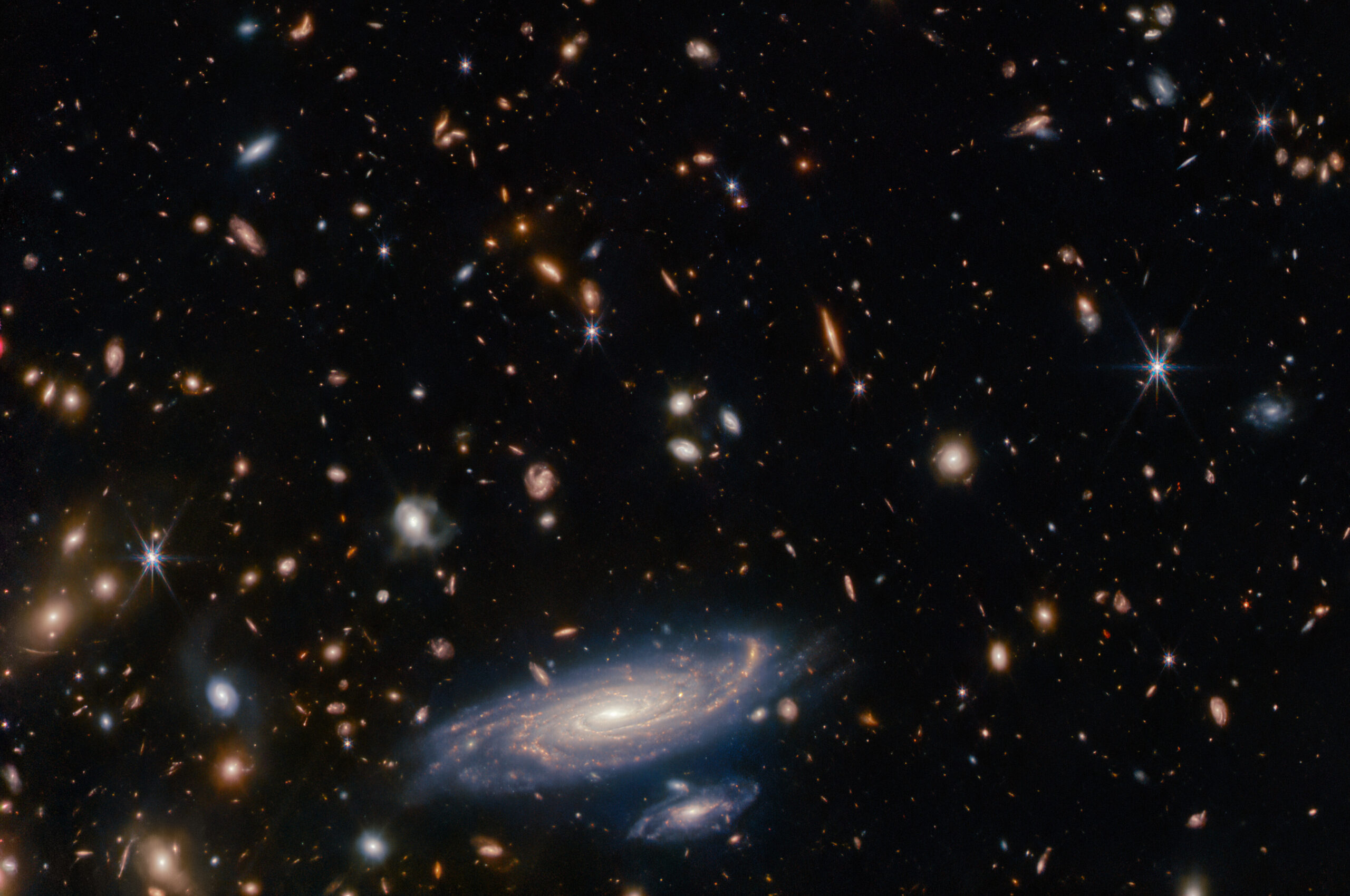The Ulysses mission of the European Space Agency (ESA) was launched in October 1990 with the NASA shuttle Discovery. After a close flyby of Jupiter in February 1992, it was deflected onto a unique orbit around the Sun, with its orbital plane almost perpendicular to the ecliptic plane of the planets and the solar equator. This made Ulysses the first spacecraft ever to enter the polar regions of the heliosphere and to explore them with a payload of 11 scientific instruments. Its orbital period was ~6 years; the first orbit took place in 1992-1998 during the decreasing to minimum phase of the solar activity (11-year) cycle, while the second orbit in 1998-2004 coincided with the maximum of solar cycle #23. During the third orbit, from 2004 to the end of mission in 2009, activity was again minimal, but with the solar magnetic field inverted with respect to the first orbit. So, Ulysses has actually added the third dimension to our image of the heliosphere and mapped it during an almost complete solar magnetic (22-year) cycle.
The Ulysses payload consisted of a suite of 11 instruments, which lacked an optical device for reasons that will be mentioned briefly, but was otherwise comprehensive for investigating particles and fields, and more. Among the principal results are the three-dimensional structure of the solar magnetic field together with the solar wind plasma and their evolution throughout the solar cycle. The suite also included the first ion composition spectrometer flown outside the Earth’s magnetosphere, which provided diagnostics from the solar atmosphere, comet tails, and the Universe as a whole using elemental and charge state abundances. Several instruments observed solar energetic particles, anomalous and galactic cosmic rays, and mapped their distribution at all latitudes. Other investigations observed solar radio and plasma waves, solar X-rays and cosmic gamma-ray bursts. Finally, a dust sensor and a neutral gas instrument provided first results on interstellar dust and interstellar neutral particles, harbingers from the local interstellar medium surrounding the heliosphere.
In mid-2009 Ulysses had to be switched off for reasons of diminishing power supply. Its results remain unique as no other mission is about to visit these regions of the heliosphere again soon. Only very recently two new missions, NASA’s Parker Solar Probe (launched 2018) and ESA’s Solar Orbiter (2020), are following in its footsteps. By approaching the Sun closer than any other spacecraft before, PSP has now provided evidence for the validity of a magnetic field model originally inferred from Ulysses observations. And SO is about to work its way to progressively higher latitudes using multiple Venus flybys, from where, unlike Ulysses, it will be able observe the Sun with optical instruments.
Rudolf von Steiger holds a diploma in theoretical physics (1984), a doctorate in experimental physics (1988), and a habilitation in extraterrestrial physics (1995), all from the University of Bern. He spent his postdoc years at the Universities of Maryland, Michigan, and Bern. In 1995 he joined the newly founded International Space Science Institute (ISSI) as a senior scientist. Currently he is working as a director at ISSI and also holds a professorship at the University of Bern. He is a co-investigator of the Solar Wind Ion Composition Experiment (SWICS) on Ulysses and an associated scientist of the AMPTE, ACE, and Solar Orbiter missions. He is a renowned and highly cited theoretician modelling the solar atmosphere as well as analyzing and interpreting observations of the solar wind both in the Earth’s magnetosheath and in interplanetary space.
Seminar was recorded on October 22, 2020
